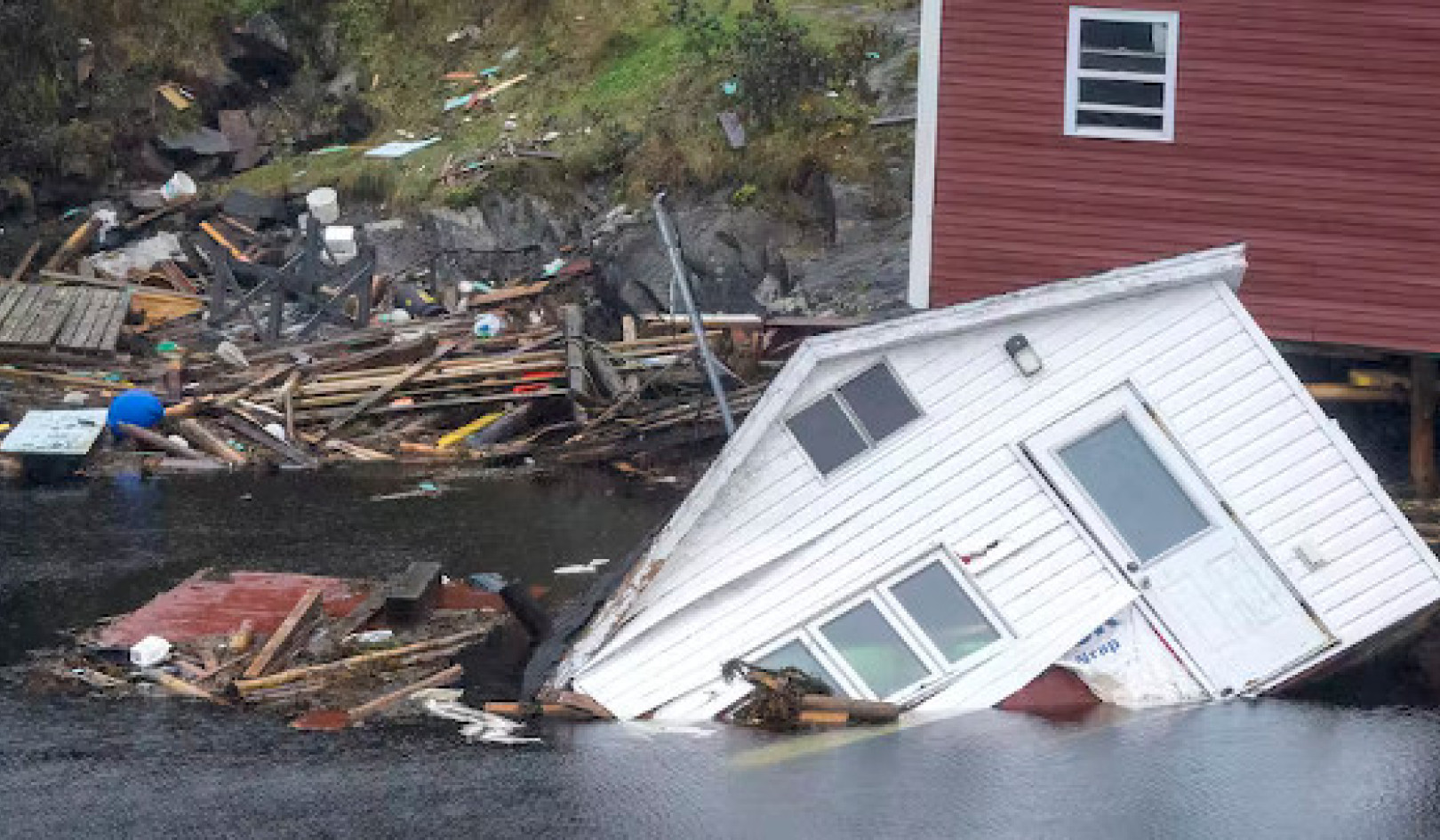
CLIMATE NEWS NETWORK - Trees may provide the Earth with a little shade from global warming – indirectly. European and Canadian researchers report that they have found what engineers like to call a negative feedback loop above the forests of Europe and North America.
It works like this. Trees – those natural chemical factories that routinely deliver complex aromatic compounds such as rubber, coffee, chocolate, resins, pungent fruits, oils and natural drugs such as quinines – are a permanent source of volatile organic compounds released into the atmosphere.
On a hot day, trees release even more conspicuous quantities of terpenes, isoprenes and other compounds into the air. These are wafted higher in the atmosphere and begin to mix, oxidise, or chemically react with other atmospheric gases, aerosols and car and factory exhausts to form increasingly larger particles on which water vapour might condense.
This is not a new observation. The Smoky Mountains of Tennessee and North Carolina take their name from the pall of isoprenes discharged from the oaks that cover the hills: the mountains actually look smoky.
The aerosols from trees float in the atmosphere and reflect and scatter sunlight and even form cloud droplets. So far, so familiar.
But Pauli Paasonen, of the University of Helsinki and the International Institute for Applied Systems Analysis in Laxenburg, Austria, writes in Nature Climate Change that he and 23 colleagues in Finland, Sweden, Germany, Canada and the US decided to assess the overall effect of these aerosols and their contribution to, or impact upon, global warming.
They analysed data from eleven measuring stations spread across the northern hemisphere, from semi-Arctic wilderness to polluted agricultural lands, and worked out how the quantities of cloud condensation nuclei might be linked to air temperatures.
They found a clear connection. The warmer the weather, the greater the likelihood that gas emissions from plants would create conditions for the formation of clouds, which in turn would reflect more sunlight back into space, and thus help damp down global warming.
That is the good news. The not-so-good news is that these plant gas emissions won’t make a great deal of difference – on a global scale they might counter about 1% of global warming.
On a regional scale, however, the effect might be much greater: in heavily forested areas – Finland, Siberia and Canada, for instance – where human emissions of aerosols are anyway relatively slight, plant gas releases might counter as much as 30% of warming.
The effect however was not easy to predict, and may not be easy to confirm. The key variable is the boundary layer of the atmosphere at which gases and particles mix and form the nuclei around which cloud droplets might condense, and the height of this boundary changes with weather conditions.
“Plants, by reacting to changes in temperature, also moderate these changes”, says Dr Paasonen. “One of the reasons that this phenomenon was not discovered earlier was because these estimates for boundary layer height are very difficult to do.” – Climate News Network
About the Author
 Tim Radford is a freelance journalist. He worked for The Guardian for 32 years, becoming (among other things) letters editor, arts editor, literary editor and science editor. He won the Association of British Science Writers award for science writer of the year four times. He served on the UK committee for the International Decade for Natural Disaster Reduction. He has lectured about science and the media in dozens of British and foreign cities.
Tim Radford is a freelance journalist. He worked for The Guardian for 32 years, becoming (among other things) letters editor, arts editor, literary editor and science editor. He won the Association of British Science Writers award for science writer of the year four times. He served on the UK committee for the International Decade for Natural Disaster Reduction. He has lectured about science and the media in dozens of British and foreign cities.
 Book by this Author:
Book by this Author:
Science that Changed the World: The untold story of the other 1960s revolution
by Tim Radford.
Click here for more info and/or to order this book on Amazon. (Kindle book)

Related Books:
The Future We Choose: Surviving the Climate Crisis
by Christiana Figueres and Tom Rivett-Carnac
The authors, who played key roles in the Paris Agreement on climate change, offer insights and strategies for addressing the climate crisis, including individual and collective action.
Click for more info or to order
The Uninhabitable Earth: Life After Warming
by David Wallace-Wells
This book explores the potential consequences of unchecked climate change, including mass extinction, food and water scarcity, and political instability.
Click for more info or to order
The Ministry for the Future: A Novel
by Kim Stanley Robinson
This novel imagines a near-future world grappling with the impacts of climate change and offers a vision for how society might transform to address the crisis.
Click for more info or to order
Under a White Sky: The Nature of the Future
by Elizabeth Kolbert
The author explores the human impact on the natural world, including climate change, and the potential for technological solutions to address environmental challenges.
Click for more info or to order
Drawdown: The Most Comprehensive Plan Ever Proposed to Reverse Global Warming
edited by Paul Hawken
This book presents a comprehensive plan for addressing climate change, including solutions from a range of sectors such as energy, agriculture, and transportation.




























